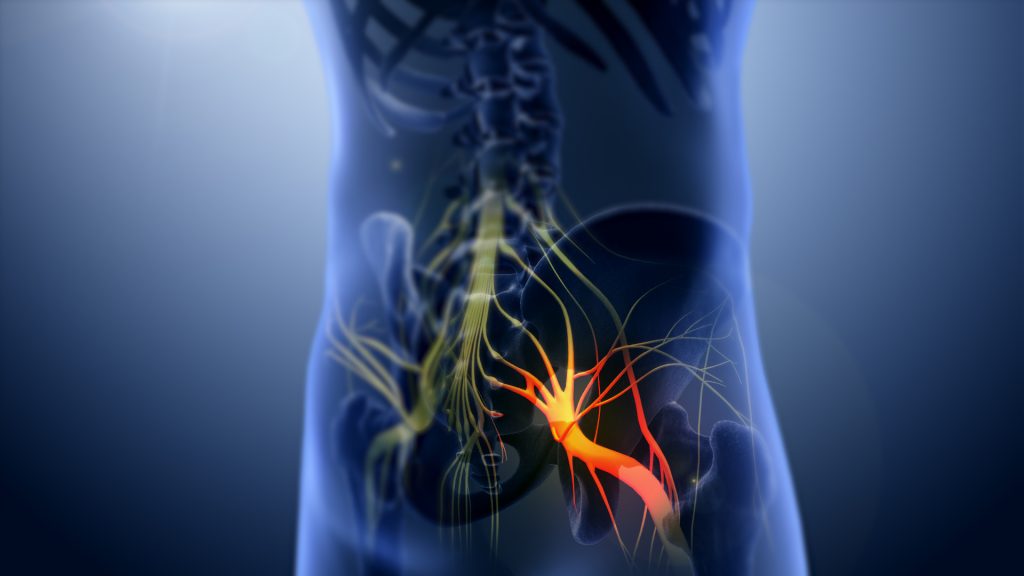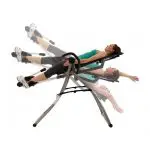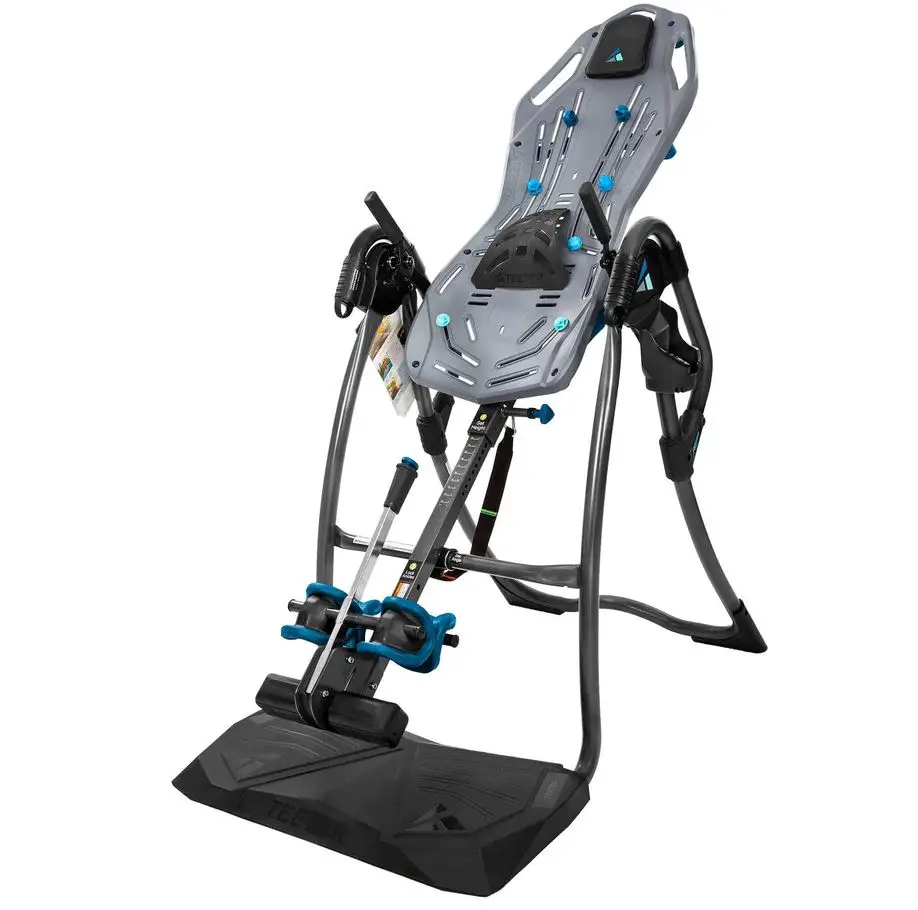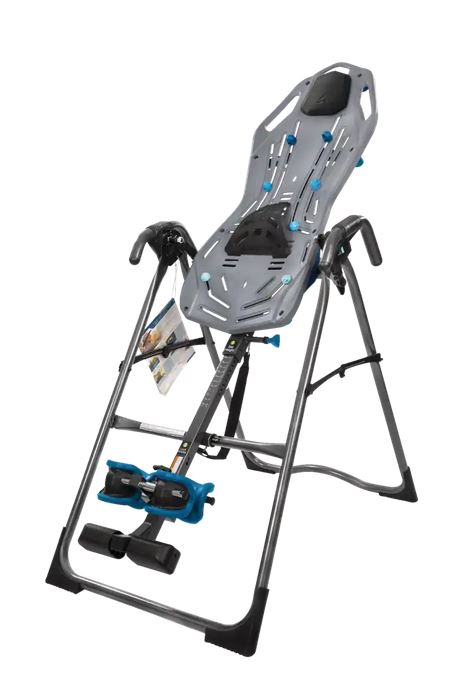Inversion tables look like lounge chairs, only they are table like structures that are specialized for enabling a person to tip backwards at an angle, or even fully upside down. They are commonly used in inversion therapy, sometimes referred to as spinal traction. Inversion therapy works on the logic that being upside down relieves gravitational pressure off of nerves and disks in one’s spine, offering them room to relax.

Inversion tables have straps that allow one to strap themselves preventing them from slipping off. These tables are known to relieve pain including but not limited to, back pain, muscle spasms and tension, compressed spinal disks, sciatica pain (pain along the sciatic nerve, usually located from the lower back down one or both legs), and kidney stones.

Some people, however, use the inversion tables on general reasons of muscles and joints stretch. It is probably useful to mention that inversion tables are not the only equipment that can be used to perform spinal traction.
Who should not use inversion tables?
As much as the technique behind inversion tables works to relieve gravitational pressure off of pinched nerves in the body, and consequently relieves several pains, there is a catch. Being in an inverse or upside-down position for more than a couple of minutes slows the heart rate and increases the blood pressure, whereas the pressure in your eyeballs may increase.
As such, people with heart diseases, high blood pressure and glaucoma (a collection of undesirable eye conditions that may result in blindness), are advised against using inversion tables.
Do inversion tables actually work
Research done over the years has proven this question to have mixed answers, with different people giving answers that do not work for others. With that said though, some facts regarding the efficacy of inversion tables are that inversion tables only work for short term cases, and there is no long-term pain relief achieved by using them.
However, a good number of people have found spinal traction using inversion tables quite useful as a part of a more holistic treatment process. For each of the pain problems stated earlier in this piece, pains which inversion tables can help in relieving, there is probably more than one views of how efficient they are.

Back pains for example, most people have pointed out that inversion tables help in relieving pain, but in the short-term. Studies allude that inversion therapy works no better than sham treatments, with regards to low back or compressed back pains.
In the case of sciatica, a study done in England in 2012 showed that inversion therapy coupled with physical therapy exhibited high levels of efficiency for treating sciatica pain resulting from protruding disks, and even having potential to decrease the need for surgery. In addition, inversion therapy combined with diuresis may be of tremendous help in curbing kidney stones, as research infers.
How to use inversion tables
Once you agree that inversion tables are good for you, then you need to equip yourself with know how on their usage, veracious usage. While lying on the inversion table, strap yourself to prevent falling off, then tilt backwards till your head is slightly lower than your heart.
Depending on one’s age, the tilt can be as low as ten degrees for older adults and up to thirty degrees for younger people. For starters, one to two minutes sessions once a day are quite enough to get the job done. Once the target duration is over, tilt back upwards slowly and smoothly.
The whole ordeal would be even more fruitful if you coupled it with other activities related to stretching of muscles and flexibility.
Although most of the information regarding the right usage of inversion tables has been put across above, there are cautions to add to the mix that are easy to forget. To begin with, always strap yourself to the tables to ensure you are secure and free of falls.
Moreover, if you are doing it at home, it is a necessity that you get yourself a spotter (a person to watch you) while you are at it, for safety reasons. Do not tilt so far back, as this would intensify the side effects resulting from this activity.
A maximum of five minutes for each session, and two sessions a day are quite enough. Always tilt back up smoothly to safeguard yourself from muscle spasms or unexpected disk pains. Again, try to combine inversion therapy with other flexibility exercises to achieve maximum efficiency.




